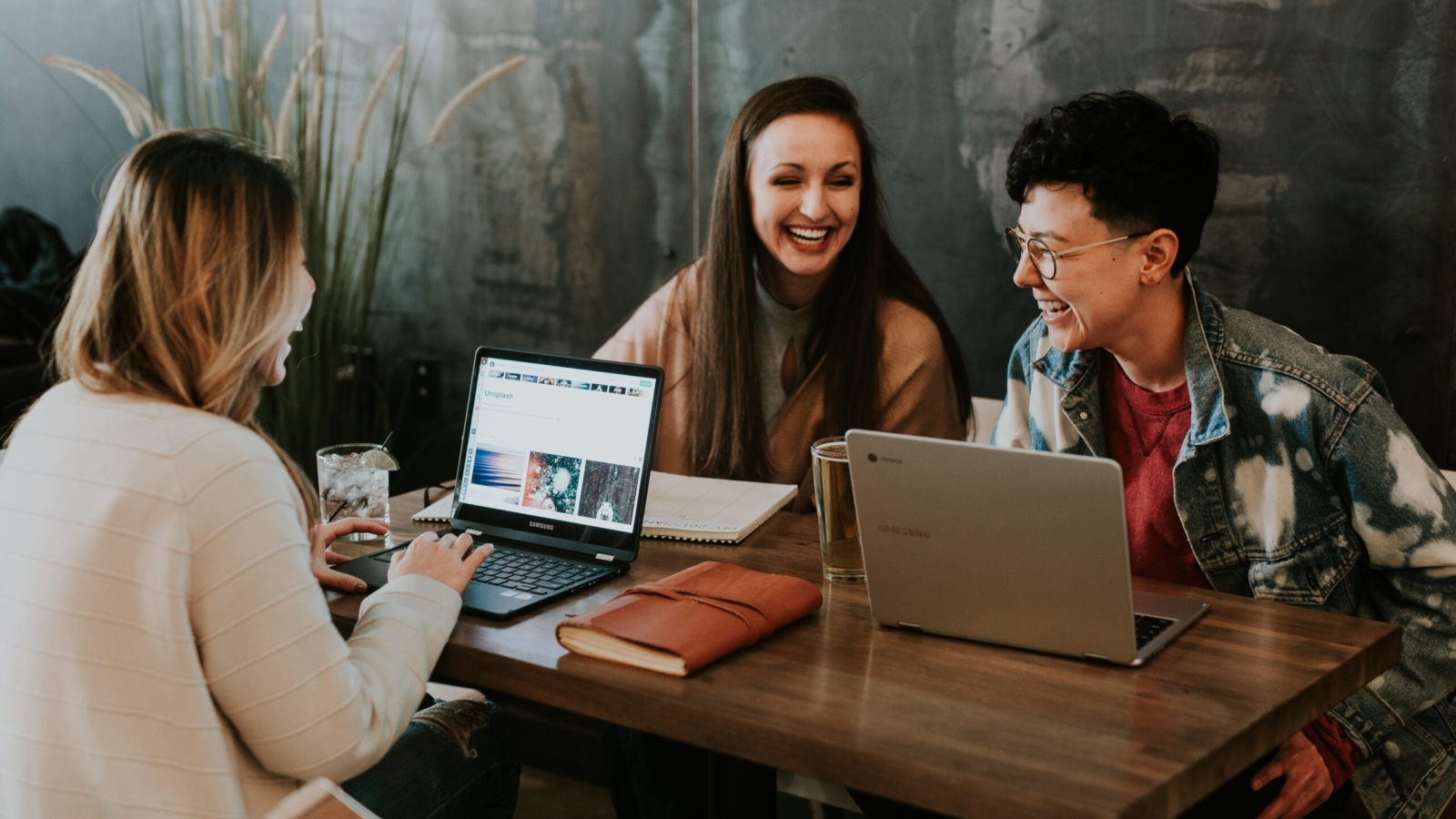Purpose
- Identify common learning needs and meet these within the group through shared learning
- Bring people together to find solutions to problems—developing the individuals and the organisation in the process
- Provide ongoing reflection and learning supported by colleagues
- Get things done!
Learning
- Learning about the problem/issues being tackled
- Learning about ourselves
- Learning about how we learn best
- Learning new ways of doing things
Benefits
- Enhances networking
- Increases responsibility and self confidence
- Increases interpersonal skills
- Increases resourcefulness
- Builds coaching skills
- Encourages action and accelerates learning
- Increases self awareness
How does it work?
- Identify common issues/problems or individuals take turn in bringing issues to the group
- Approx. 6—10 members
- Group usually meets regularly
- Issues/learning explored during meeting
- Individuals state support required (i.e. advice, listening etc.)
- Support and challenge from the group
- Agreement to act (what are you going to do?)
- Try out in practice
- Learn (from successes and failures), share, review, learn (come back and report)
How does an action learning group work?
Five key elements:
- The person—owns the problem/issue. Uses the group to explore the issue and work things out for themselves.
- The group—act as consultant /coach: questioning, confronting, challenging, supporting, advising, playing devil’s advocate
- The problems—and outcome must have relevance for all
- The process—observation, reflection, hypothesis, action
- The facilitator—explains the process, provides structure/focus, facilitates learning
Group values
- Shared ownership
- Non judgemental
- Honesty
- Openness
- Desire to be more self aware
- Risk taking
- Reflection
- Commitment to own learning, to the group, to action
- Additional ground rules agreed by the group
Getting going
- Agree what issue to explore and who it belongs to
- Presenter presents the support they require
- Presenter presents the issue uninterrupted
- The group question (using open/coaching questioning skills and not leading questions) to help the individual open up/explore the issue.
- The group provide feedback and advice (leave advice until after the questioning round if the individual wants it).
- The individual agree actions.
- As a group reflect on the problem solving process & how well it worked & on group and individual learning at the end of the session.
Future sessions:
- Start session with an update of actions from the previous session.



Add a Comment